Kilauea eruption sends lava 1,300 feet into the air, nearly reaching Empire State Building’s spire
Hawaii’s Kilauea volcano erupted with a lava fountain reaching 1,300 feet high, surpassing the Empire State Building’s top floor and nearly its spire. The eruption remained contained within Kilauea’s caldera, avoiding threats to nearby communities.
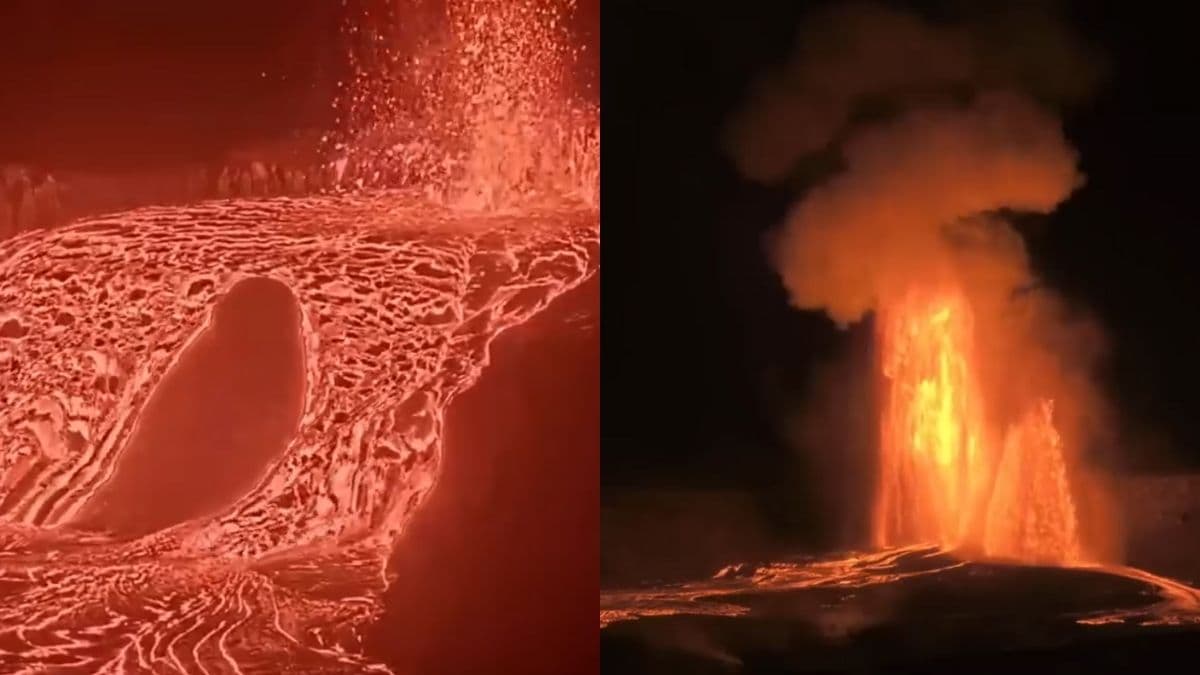
- Kilauea volcano produced a lava fountain reaching 1,300 feet, nearly as tall as the Empire State Building’s spire.
- The Empire State Building stands 1,250 feet to its top floor and 1,454 feet to its spire, built in 1931.
- Lava remained contained within Kilauea’s caldera, posing no immediate risk to nearby communities.
Hawaii’s Kilauea volcano erupted dramatically with lava fountains shooting 1,300 feet into the air, nearly matching the height of the Empire State Building’s 1,454-foot spire, a famous 102-story, Art Deco-style skyscraper in Midtown Manhattan, New York City. The event highlighted the explosive power of one of the world’s most active volcanoes.
The phenomenon occurred when gas-rich magma rose towards the surface, becoming trapped beneath older, heavier layers of lava. As pressure built, it forced an explosive release, launching molten rock high into the air.
The lava did not spill beyond the caldera, the large basin at the summit of Kilauea. This containment meant that surrounding communities were not endangered during the eruption, though scientists continue to monitor the site for further activity.
Kilauea, located on Hawaii’s Big Island, is renowned for its frequent activity and striking lava displays. It last experienced a significant eruption in 2018, when flows destroyed more than 700 homes and reshaped large parts of the island’s southeastern coast.
The U.S. Geological Survey (USGS) described the latest fountain as a striking but localised event. While lava heights occasionally reach hundreds of feet, fountains surpassing 1,000 feet are rare and are considered extreme displays of volcanic power.
Kilauea has erupted intermittently for decades, drawing scientists and visitors alike. The caldera, a natural containment feature, often prevents lava from spreading widely, but officials remain cautious due to the volcano’s history of unpredictable changes in behaviour.
The eruption serves as a reminder of the forces shaping Hawaii’s landscapes. Kilauea, along with , has played a central role in the creation and expansion of the Hawaiian Islands over geological time.


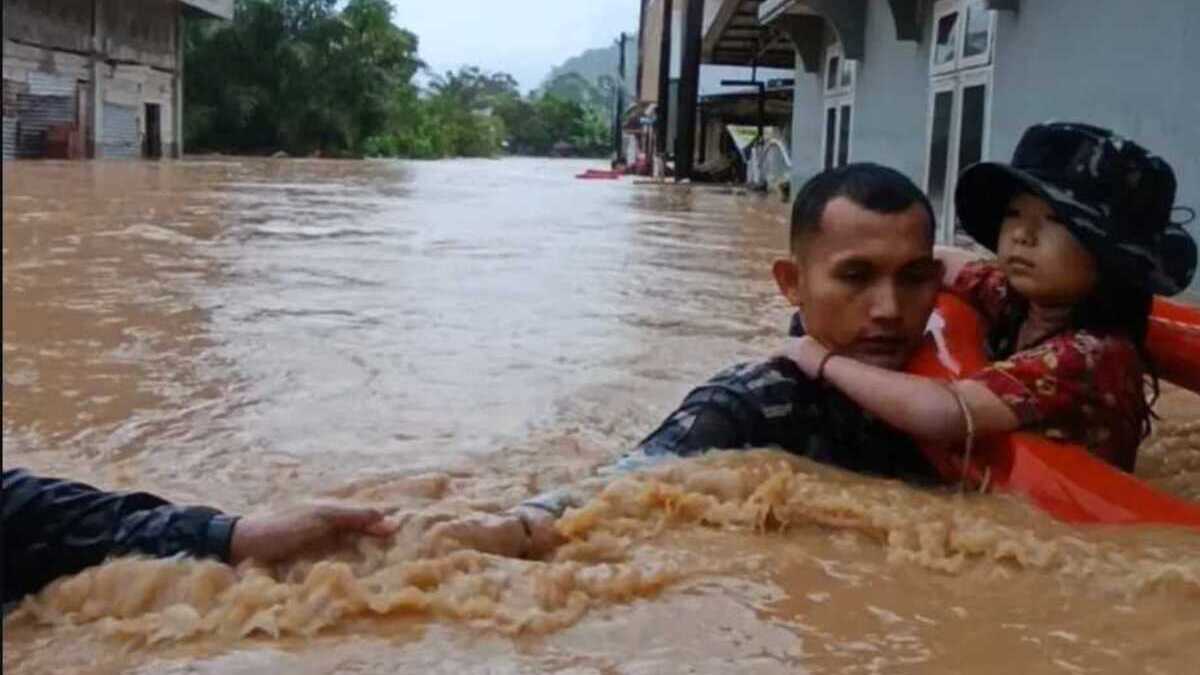

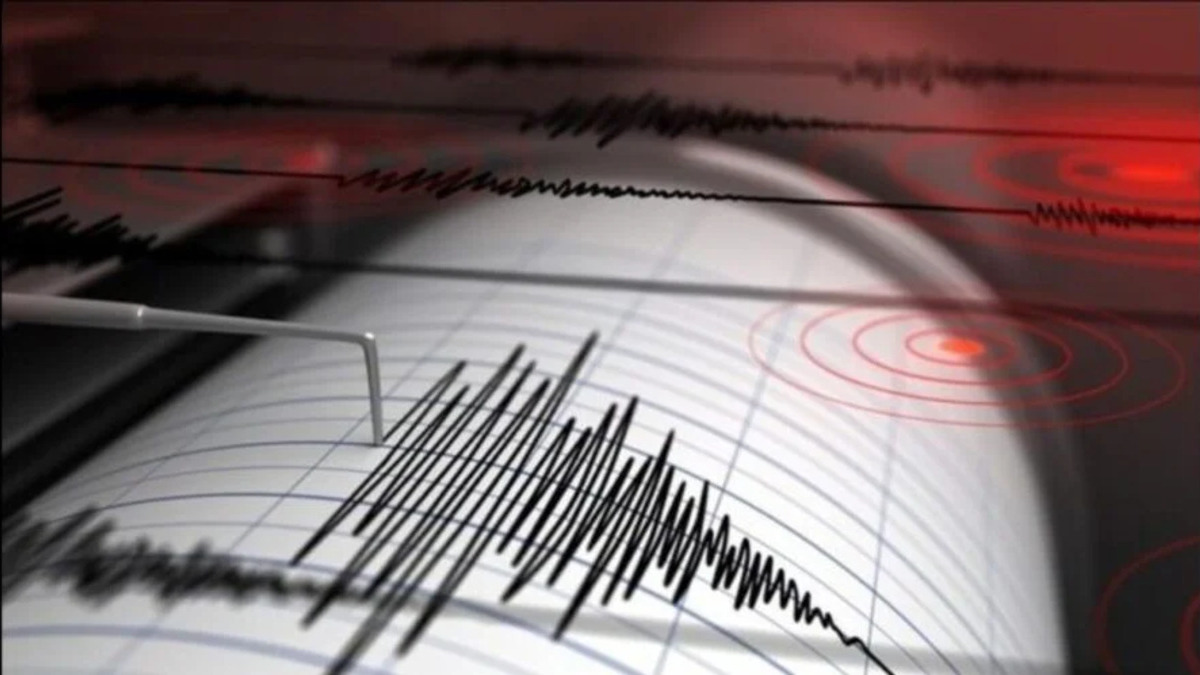
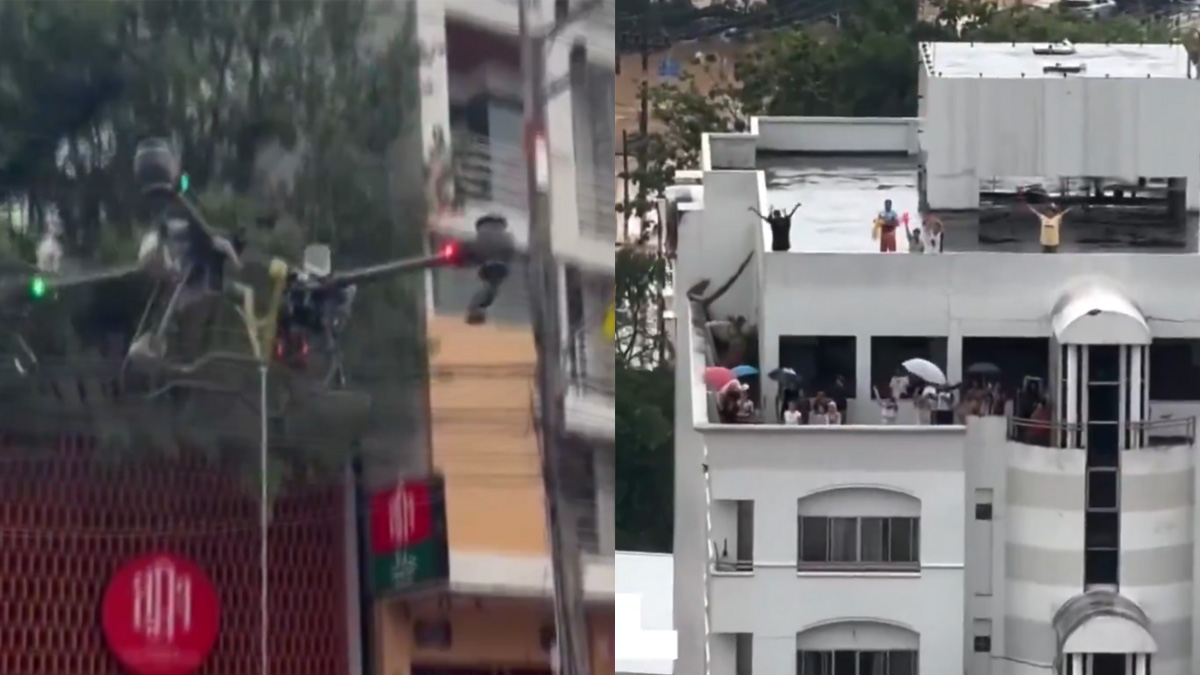
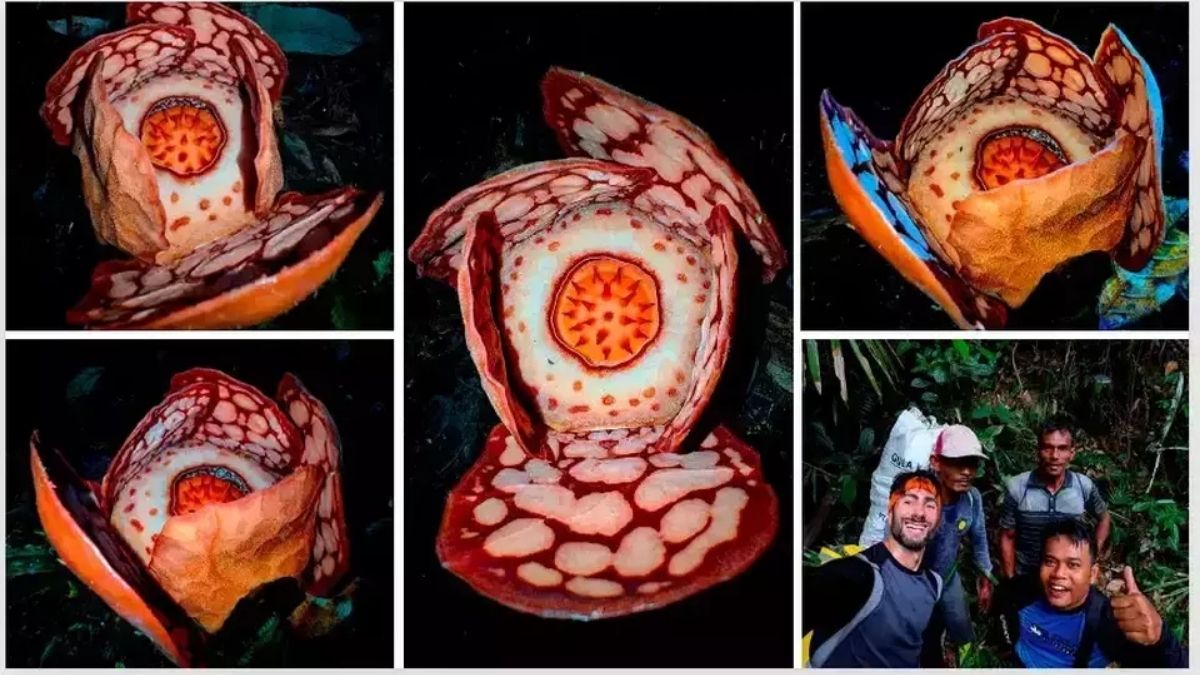
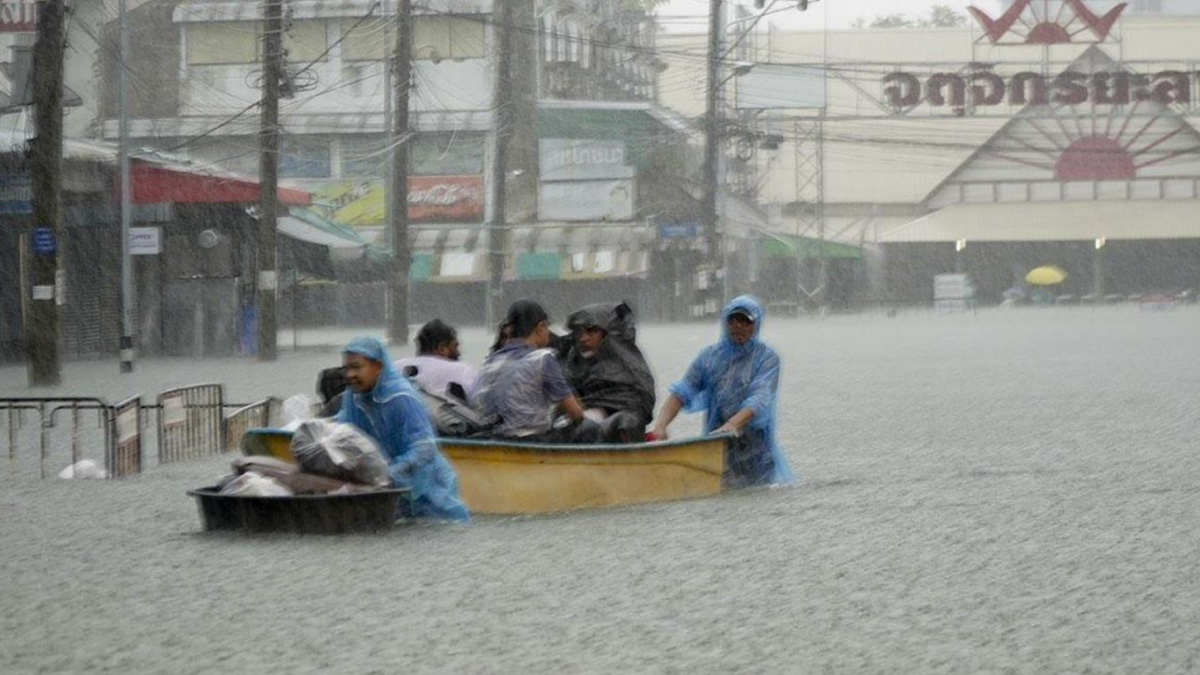
0 Comments